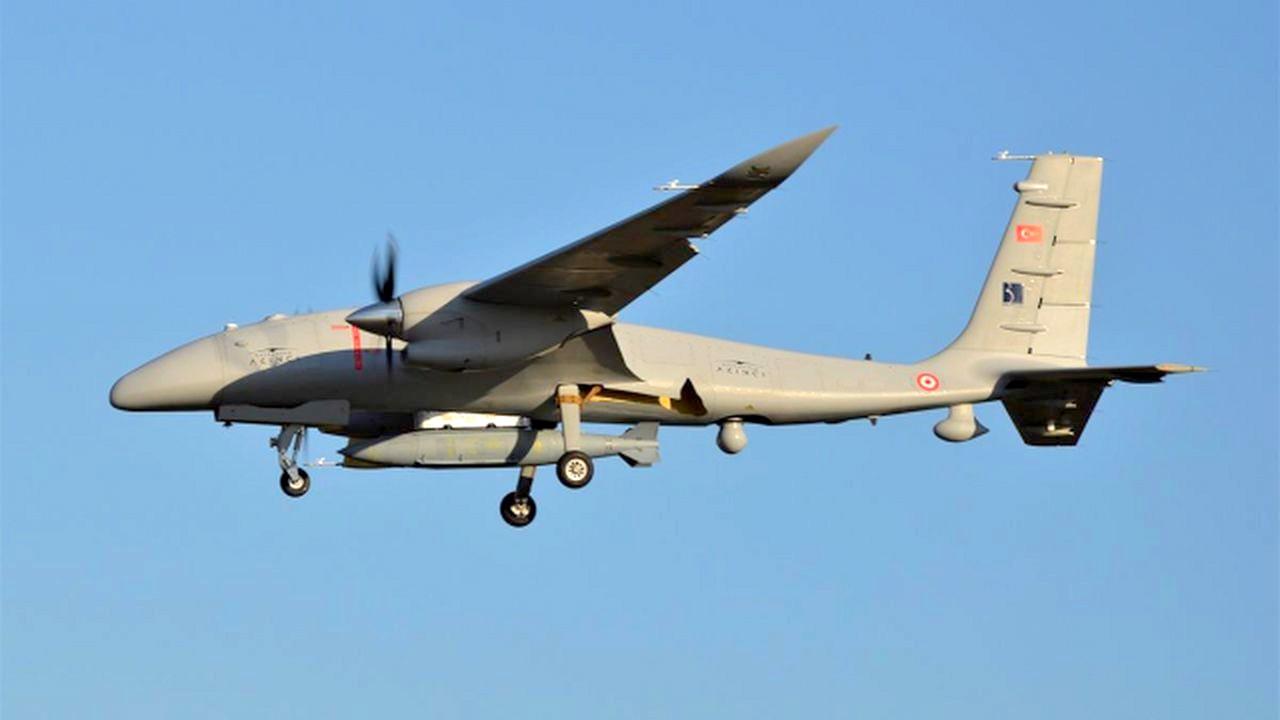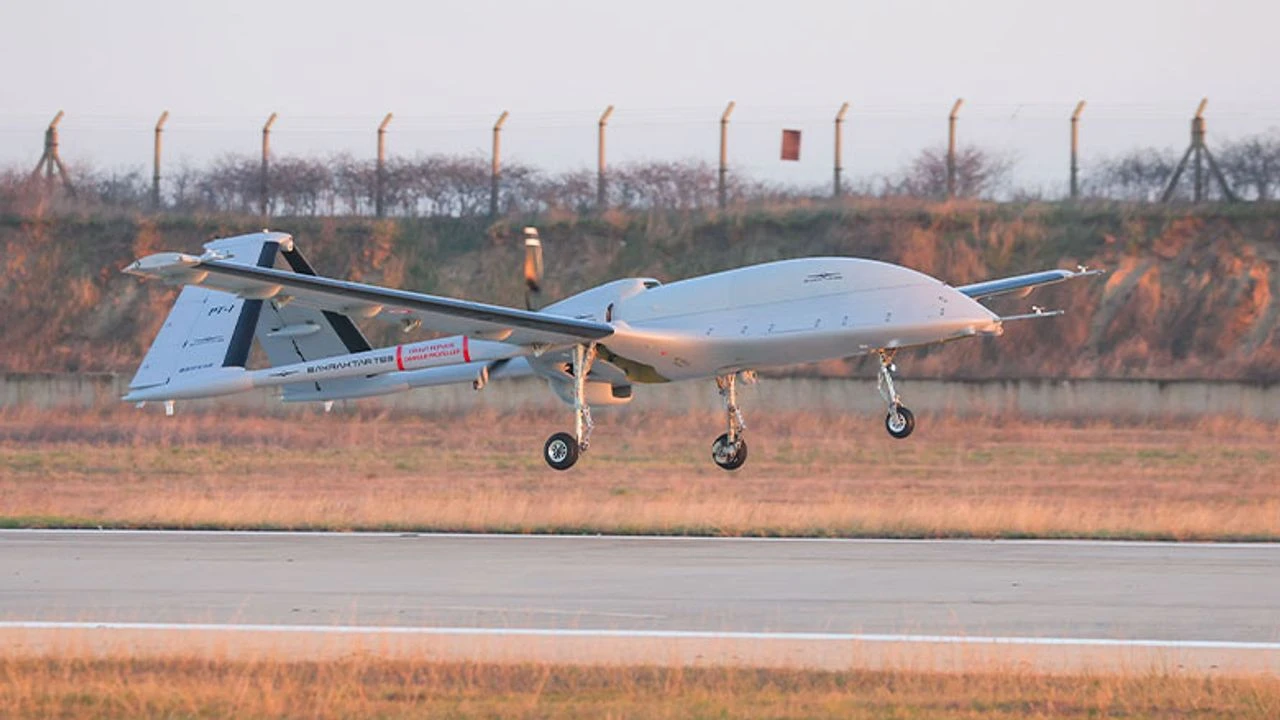It was claimed that an agreement was signed with Indonesia for the export of Bayraktar TB3 UCAV and Bayraktar AKINCI TUAV developed by Baykar. In addition, Indonesian Republikorp and Baykar signed a joint venture agreement for a UAV factory in Indonesia. Within the scope of the agreement, Indonesia is rumoured to purchase 60 sets, ie a total of 240 Bayraktar TB3s and 9 sets, ie a total of 36 Bayraktar AKINCI TİHAs.
Sales worth billions of dollars from Baykar
The signatures were signed between Baykar General Manager Haluk Bayraktar and Indonesian Republikorp Founder Norman Joesoef. During President Erdoğan’s visit to Indonesia, various defence industry agreements were also signed.

Bayraktar TB3 was produced as an armed unmanned aerial vehicle capable of taking off and landing on short-runway naval platforms. In addition to reconnaissance, surveillance and intelligence missions, it can carry out armed operations with domestic smart ammunition.
With its foldable wing structure, it is designed to be compatible with helicopter carriers and aircraft carriers. In addition to line-of-sight communication, it also has beyond line-of-sight communication capability. In this way, it can be controlled from long distances.
Bayraktar TB3 has a length of 8.35 metres and a wingspan of 14 metres. With a 280 kilogram payload carrying capacity, the aircraft reaches a maximum take-off weight of 1,600 kilograms. TB3, which can stay in the air for more than 21 hours, has a service ceiling of 25,000 feet and an operational altitude of 20,000 feet. Using a 170 horsepower turbo diesel engine, the aircraft was developed with autonomous take-off, landing and navigation capabilities.

While its cruising speed varies between 110-130 KTAS, it can carry laser guided, INS/GPS guided, IR guided and air-to-air ammunition with six different ammunition integrations. For ISR missions, interchangeable EO/IR/LD systems, multi-purpose AESA radar, ELINT and Sonobuoy systems can be integrated.
Bayraktar AKINCI was produced as an offensive unmanned aerial vehicle with larger dimensions compared to Bayraktar TB2. AKINCI, which has a twisted wing structure, can carry many different ammunition with a wingspan of 20 metres.
The aircraft, which can analyse environmental factors with its artificial intelligence system, can perform advanced flight and diagnostic functions. It has advanced systems such as satellite communication systems, air-to-air radars, obstacle detection radar and synthetic aperture radar. The aircraft, which can undertake some of the missions of fighter jets, can use air-to-air missiles.
Bayraktar AKINCI has SATCOM BLOS and three redundant LOS communication systems. It has full autonomous take-off and landing capability with its autonomous flight control system. The aircraft, which can reach 40,000 feet service ceiling, can fly at an operational altitude of 30,000 feet.
With an operational range of 6,000 kilometres, AKINCI can stay in the air for more than 24 hours. With a maximum take-off weight of 6,000 kilograms, the aircraft has a payload capacity of 1,500 kilograms. Cruising speed varies between 150-240 KTAS. It operates with 2×450 hp, 2×750 hp or 2×850 hp turboprop engine options.
Simultaneous EO/IR/LD/LRF gimbal camera systems, multi-purpose AESA radar and SIGINT systems can be integrated for ISR missions. Among the munitions it can carry are laser guided smart munitions, INS/GPS, IR guided munitions, cruise missiles, standoff missiles and air-to-air missiles.
The ground control station developed for Bayraktar AKINCI includes radio systems, pilot console, internal speech systems, payload operator console, image evaluation console, rack type cabinets, power systems and military type air conditioning units.
Developed by Baykar in military and ergonomic standards, the AKINCI ground control station allows the aircraft to be managed under various weather and environmental conditions. Developed in three different concepts, including container, trailer and room type, the ground control station offers mobility in the field.














